The picturesque town of Badrinath is where divinity meets with the serenity of nature. Located in the Chamoli district in Uttarakhand at the height of 3,133 meters, the pre-eminent abode of Lord Vishnu is one of the holiest of the holy shrines of Char Dham pilgrimage in India. Other Char Dham sites include Dwarka, Puri and Rameswaram.
Situated between Nar and Narayan peaks, the pious land of Vishnu also belongs to the Chota Char Dham Yatra in Uttarakhand. Starting with Yamunotri, Gangotri and Kedarnath, Badrinath is the last and most celebrated stop in the pilgrimage tour of Garhwal Himalayas. Badrinath Dham is easily accessible by motorable roads and the Badrinath temple can be reached by walking along an easy trek. Around 3 km from Badrinath is the village of Mana, which is one of the last villages before the boundary of India ends and that of Tibet begins. The peak of Neelkanth stands strong spreading its mighty aura for all pilgrims and travellers alike.
Badrinath is a land of myriad legends, each one only adding to the glory of this place. Along with these legends, the snowy mountain peaks, gracefully flowing Alaknanda River and incredible landscapes create the perfect background to facilitate a spiritual connection.
Location
Uttarakhand’s Char Dham are grouped together in the Himalayan Garhwal region of the state, close to Tibet. Badrinath temple sits at approximately 10,200 feet (3,100 meters) above sea level in front of imposing Neelkanth Peak, between the twin Nara and Narayana mountain ranges. It’s located in Badrinath town, around 28 miles (45 kilometers) north of the base town of Joshimath. Although the distance isn’t far, travel time from Joshimath to Badrinath is usually two to three hours due to the steep terrain and challenging road conditions.
History and Significance
No one knows for sure exactly how old Badrinath temple is, although Badrinath as a holy place can be traced as far back as the Vedic Age in India, which began in about 1,500 B.C. The area, known as Badrikashram in Hindu scriptures, attracted many saints and sages during this period because of its powerful spiritual energy. Although there were no mentions of temples in the Vedas (the earliest Hindu scriptures), it’s said that some Vedic hymns were first sung by sages who inhabited the area.
There are numerous references to Badrinath in the post-Vedic texts, the Puranas, which narrate stories about the creation of the universe. The “Bhagavata Purana” states that Lord Vishnu, in his incarnation as the twin sages Nara and Narayana, had been undergoing penance there for the welfare of living entities “since time immemorial.” In the epic “Mahabharata,” these two sages incarnated as humans Krishna and Arjuna to help mankind.
Apparently, Lord Shiva initially chose Badrinath for himself. However, Lord Vishnu tricked him into leaving (he went to Kedarnath temple).
There are many other holy legends and myths associated with Badrinath. According to one of them, Goddess Lakshmi provided Lord Vishnu with berries (or took the form of a berry tree to provide him with shelter from the cold) during his long penance. Hence, Badrinath gets its name from badri (a Sanskrit word for the Indian Jujube tree) and nath (meaning lord).
It’s widely believed that Badrinath temple was established in the 9th century by Adi Shankara, a revered Indian philosopher and saint who revived Hinduism by consolidating its beliefs into a doctrine known as Advaita Vedanta. Some people say that the temple already existed as a Buddhist temple though, due to its distinctly Buddhist architecture and brightly-colored exterior.
Nevertheless, it’s accepted that Adi Shankara found the temple’s fossilized black stone idol of Lord Vishnu (in the form of Lord Badrinarayan) in the Alaknanda River. The idol is considered to be one of eight important Svayam Vyakta Kshetras—idols of Lord Vishnu that manifested on their own accord and weren’t created by anyone—in India.
Adi Shankara lived in Badrinath temple from 814 to 820. He also installed a Nambudiri Brahmin chief priest there, from Kerala in south India where he was born. The tradition of having such a priest from Kerala continues today, even though the temple is in north India. The priest, known as a rawal, is chosen by the erstwhile rulers of Garhwal and Travancore.
Badrinath temple has undergone numerous renovations and restorations since the 9th century, with its inner sanctum possibly being the only original remaining part. Garhwal kings expanded the temple in the 17th century, giving it its current structure. Maratha queen Ahilyabai Holkar of Indore plated its spire in gold in the 18th century. In the early 19th century, the temple was damaged by a major earthquake and subsequently rebuilt by Jaipur’s royal family.
:max_bytes(150000):strip_icc():format(webp)/GettyImages-622523108-c632024820e04d3eb4514c0d2d5aa41e.jpg)
How to Visit
Badrinath temple is usually visited on pilgrimage together with the other temples that make up the Char Dham in Uttarakhand. It’s the most accessible temple out of the four, and one of the most popular temples in India. The number of pilgrims has grown to more than 1 million per year. Yet, the temple wasn’t always so easy to reach. Before 1962, there was no road access and people had to walk over the mountains to get there.
Badrinath Temple Opening and Closing Dates for 2021
Due to extreme weather conditions, Badrinath temple is only open for six months of the year from the end of April or early May to the start of November. The priests decide the temple’s opening date on the auspicious occasion of Basant Panchami, in January or February,which marks the arrival of spring. The closing date is decided on Dussehra. Generally, the temple stays open for about 10 days after Diwali.
Getting to Badrinath Temple
The easiest but most costly way of reaching the temple is by helicopter. Private company Pilgrim Aviation offers one-day packages to Badrinath departing from Sahastradhara helipad in Dehradun.
The most common way of visiting the temple is on a day trip from Joshimath, although some accommodations are available at Badrinath (see below). Those who are undertaking the Char Dham Yatra pilgrimage will usually complete it at Badrinath temple, after seeing Kedarnath temple and coming from either Gauri Kund or Sonprayag.
Unfortunately, the nearest railway station to Badrinath is at Haridwar, about 10 hours away from Joshimath by road. It’s most convenient to take a car and driver from Haridwar, and these cars are available at the station. Most car rental companies will charge on a per day basis, which needs to include a return trip. Expect to pay around 3,000 rupees per day upwards depending on the type of car. You’ll need to leave as early as possible (by 7 a.m.), as it’s necessary to reach Joshimath before sunset. Driving on mountain roads at night isn’t allowed in Uttarakhand due to safety issues.
If cost is a concern, shared jeeps and buses are a cheaper alternative. These depart early in the morning from Natraj Chowk in Rishikesh, about 15.5 miles (25 kilometers) from Haridwar. Here’s how to get from Haridwar to Rishikesh.
Jeep drivers will wait until the jeeps are full, squeezing in 12 to 14 people, before leaving. Taking the bus will add a few hours of travel time, as they’re local government-run buses. Although the buses aren’t air conditioned and their seats don’t recline, they’re actually more comfortable than crowded jeeps! The buses start running at around 5 a.m., from near Haridwar railway station, and go all the way to Badrinath. However, there’s a possibility of getting stranded between Joshimath and Badrinath if the routinely unpredictable weather takes a turn for the worse in the late afternoon. The road is notorious for landslides during the monsoon and the journey can be arduous.
Another option is to take a bus from Rishikesh to Srinagar (not in Kashmir!) or Rudraprayag, and a shared taxi from there to Badrinath. They run frequently and the drivers aren’t so concerned about filling the jeeps to maximum capacity.
When traveling from Joshimath to Badrinath, it’s advisable to leave Joshimath early in the morning (by 8 a.m.). The traffic is often regulated during peak season in May and June, with vehicles only allowed to go in certain directions at certain times due to the narrowness of the road. The scenery is spectacular though!



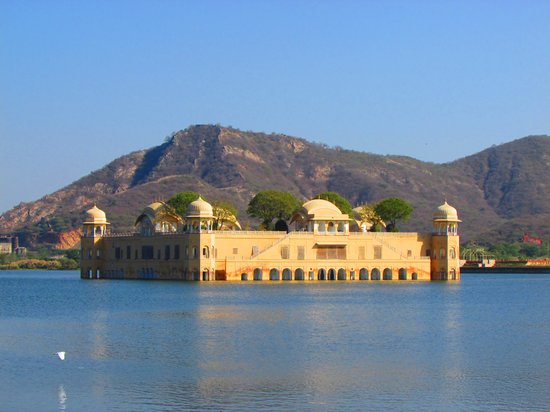
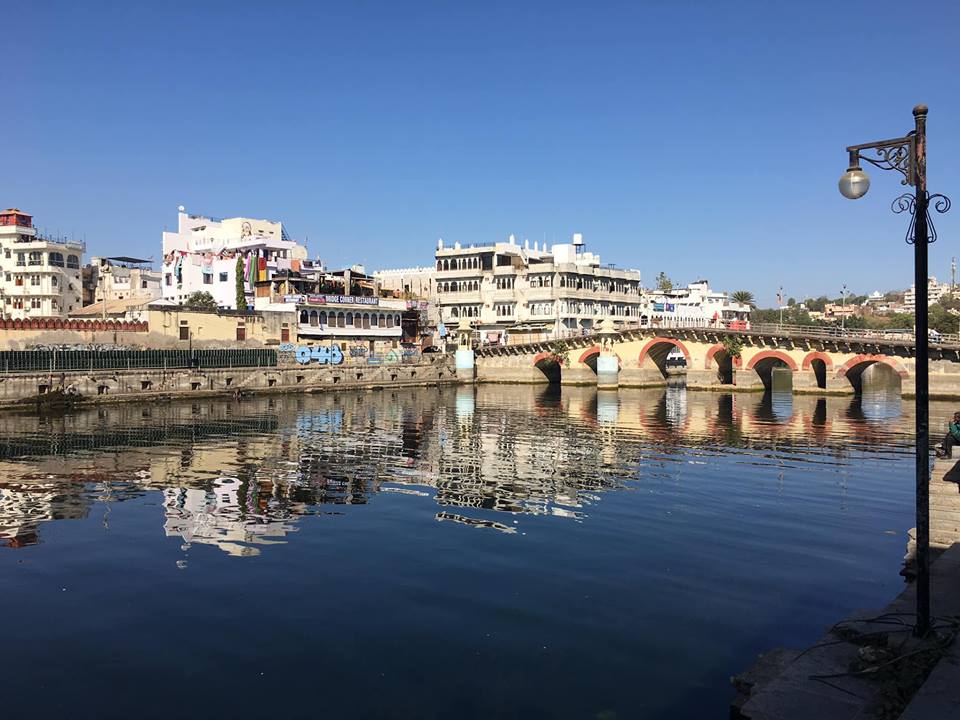
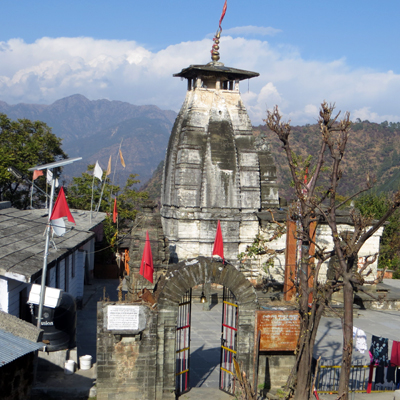

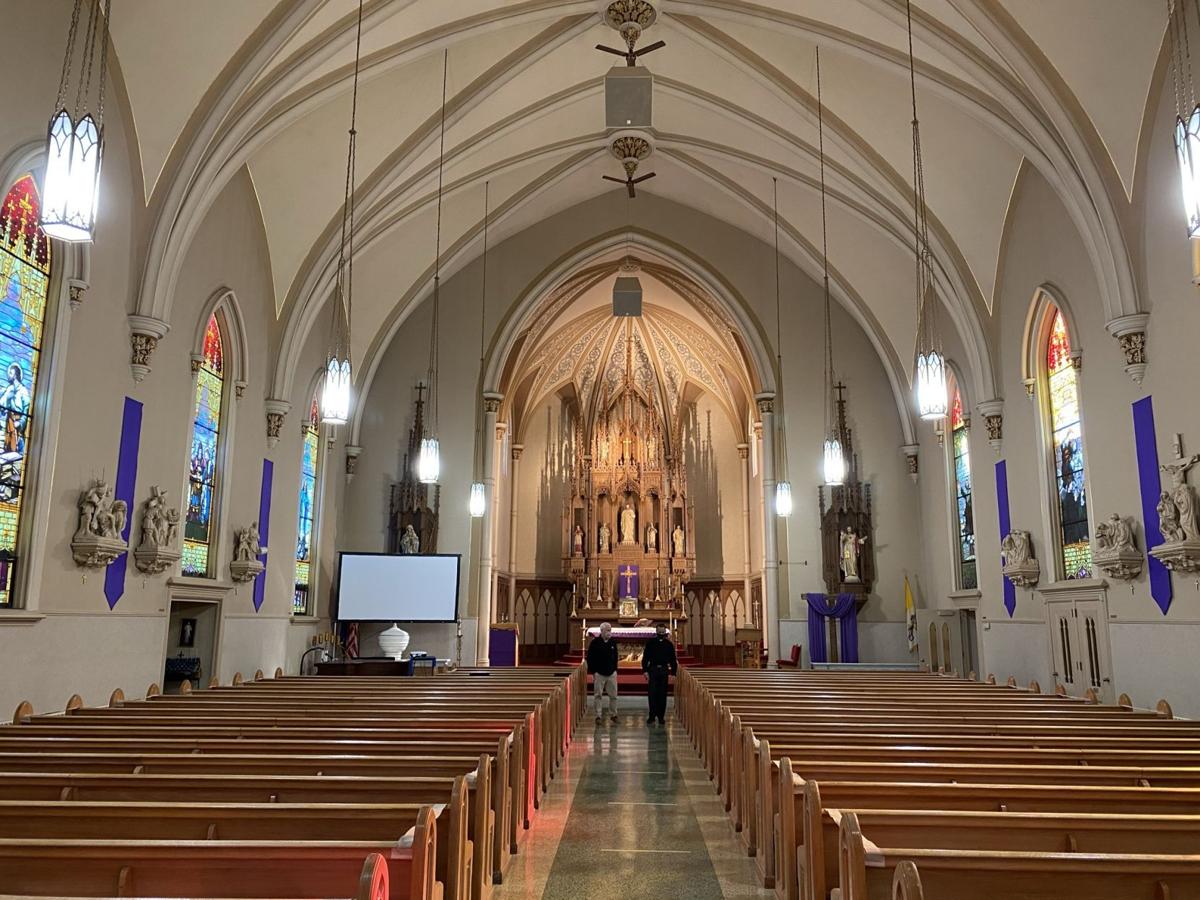

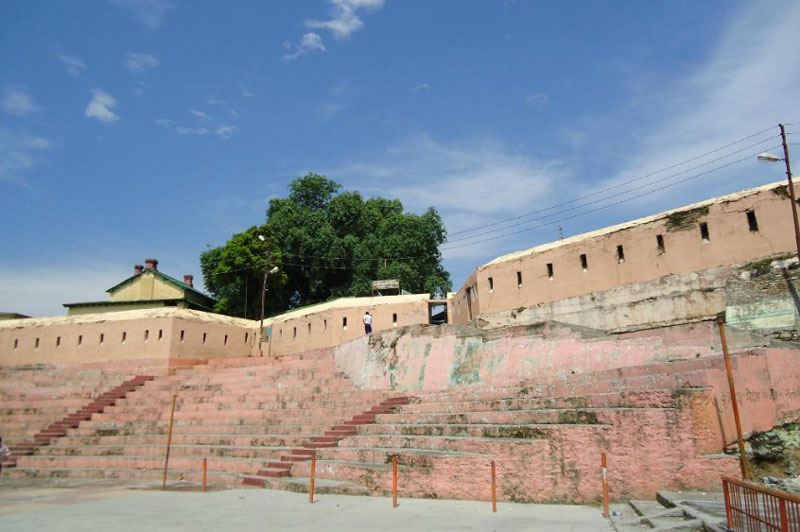


6 Comments
Comments are closed.